Intro
Learn how to convert inches to feet and inches in Excel using formulas and functions, including conversion factors and calculation methods for precise measurements and data analysis.
Converting inches to feet and inches is a common task, especially in fields like construction, engineering, and design. Microsoft Excel, being a powerful spreadsheet software, provides various ways to perform this conversion. In this article, we will explore the different methods to convert inches to feet and inches in Excel.
The importance of accurate conversions cannot be overstated. Incorrect conversions can lead to costly mistakes, wasted materials, and even safety hazards. Therefore, it is essential to understand the various methods of converting inches to feet and inches in Excel. Whether you are a professional or a DIY enthusiast, this article will provide you with the knowledge and skills to perform accurate conversions.
Converting inches to feet and inches is a straightforward process that can be accomplished using simple formulas or built-in functions in Excel. The most common method involves dividing the total inches by 12, as there are 12 inches in a foot. However, this method only provides the total feet and does not account for the remaining inches. To get the exact conversion, we need to use a combination of formulas and functions.
Understanding the Conversion Process
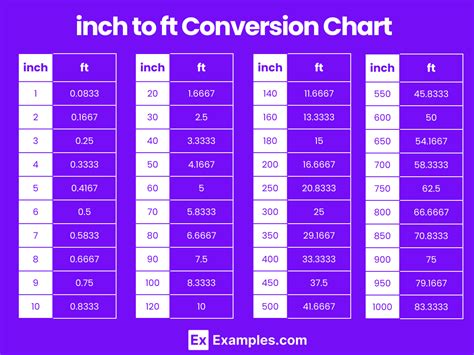
The conversion process involves dividing the total inches by 12 to get the total feet and then finding the remainder to get the remaining inches. This can be achieved using the QUOTIENT and MOD functions in Excel. The QUOTIENT function returns the integer part of a division operation, while the MOD function returns the remainder.
Using Formulas to Convert Inches to Feet and Inches

To convert inches to feet and inches using formulas, we can use the following steps:
- Enter the total inches in a cell, say A1.
- Use the formula
=QUOTIENT(A1,12)to get the total feet. - Use the formula
=MOD(A1,12)to get the remaining inches. - Combine the two formulas to get the exact conversion, say
=QUOTIENT(A1,12)& " ft " & MOD(A1,12) & " in".
Example of Formula Conversion
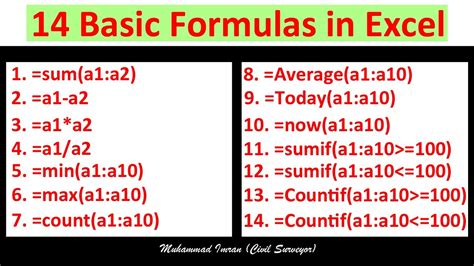
For example, if we enter 25 inches in cell A1, the formula =QUOTIENT(A1,12) will return 2, and the formula =MOD(A1,12) will return 1. The combined formula will return "2 ft 1 in".
Using Functions to Convert Inches to Feet and Inches

Excel also provides built-in functions to convert inches to feet and inches. The most commonly used function is the INT function, which returns the integer part of a number. We can use the INT function in combination with the MOD function to get the exact conversion.
- Enter the total inches in a cell, say A1.
- Use the formula
=INT(A1/12)to get the total feet. - Use the formula
=MOD(A1,12)to get the remaining inches. - Combine the two formulas to get the exact conversion, say
=INT(A1/12)& " ft " & MOD(A1,12) & " in".
Example of Function Conversion
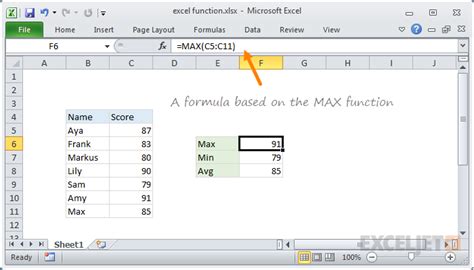
For example, if we enter 25 inches in cell A1, the formula =INT(A1/12) will return 2, and the formula =MOD(A1,12) will return 1. The combined formula will return "2 ft 1 in".
Benefits of Using Excel for Conversions

Using Excel for conversions provides several benefits, including:
- Accuracy: Excel formulas and functions provide accurate conversions, reducing the risk of errors.
- Speed: Excel formulas and functions can perform conversions quickly, saving time and increasing productivity.
- Flexibility: Excel formulas and functions can be used to perform a wide range of conversions, including inches to feet and inches, feet to inches, and more.
Common Applications of Excel Conversions

Excel conversions have a wide range of applications, including:
- Construction: Converting inches to feet and inches is essential in construction, where accurate measurements are critical.
- Engineering: Excel conversions are used in engineering to perform calculations and conversions for design and development.
- Design: Excel conversions are used in design to perform calculations and conversions for graphic design, interior design, and more.
Excel Conversion Image Gallery
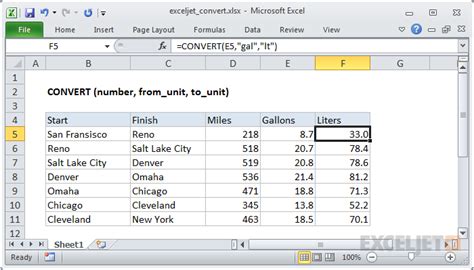

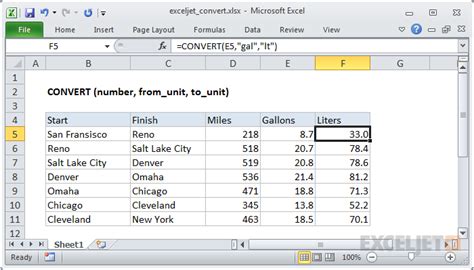
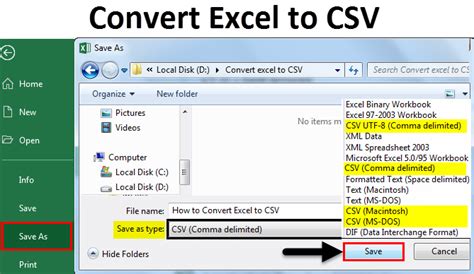
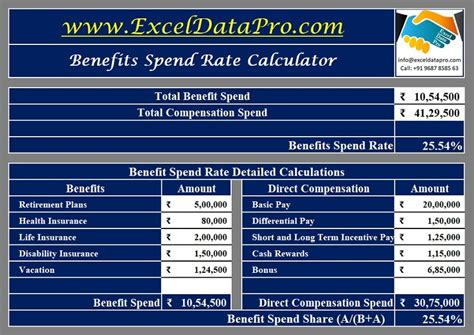
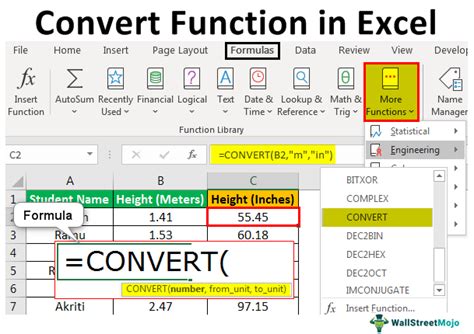
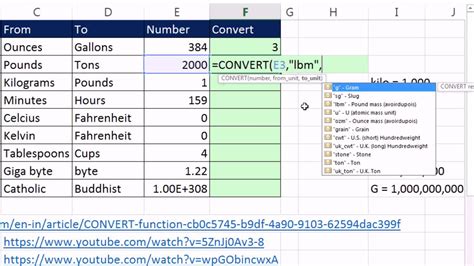
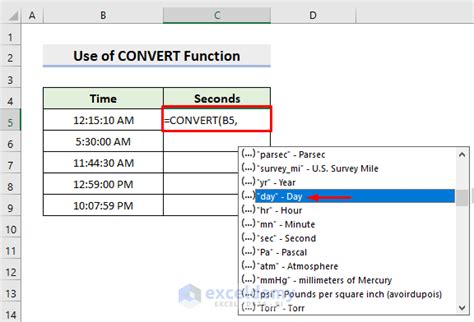
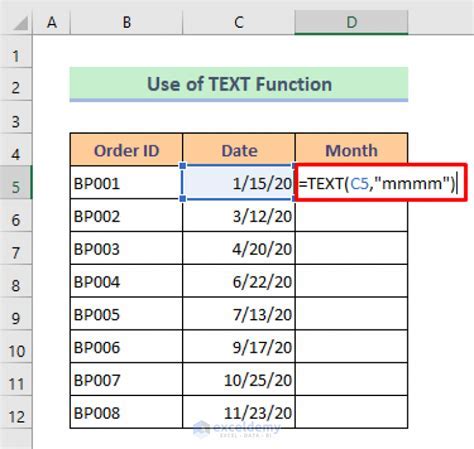

What is the formula to convert inches to feet and inches in Excel?
+The formula to convert inches to feet and inches in Excel is =QUOTIENT(A1,12) & " ft " & MOD(A1,12) & " in", where A1 is the cell containing the total inches.
What is the function to convert inches to feet and inches in Excel?
+The function to convert inches to feet and inches in Excel is =INT(A1/12) & " ft " & MOD(A1,12) & " in", where A1 is the cell containing the total inches.
What are the benefits of using Excel for conversions?
+The benefits of using Excel for conversions include accuracy, speed, and flexibility. Excel formulas and functions provide accurate conversions, can perform conversions quickly, and can be used to perform a wide range of conversions.
In conclusion, converting inches to feet and inches in Excel is a straightforward process that can be accomplished using simple formulas or built-in functions. By understanding the conversion process and using the right formulas and functions, you can perform accurate conversions quickly and efficiently. Whether you are a professional or a DIY enthusiast, Excel provides a powerful tool for conversions that can help you achieve your goals. We hope this article has been helpful in providing you with the knowledge and skills to perform accurate conversions. If you have any further questions or need more information, please do not hesitate to comment or share this article with others.